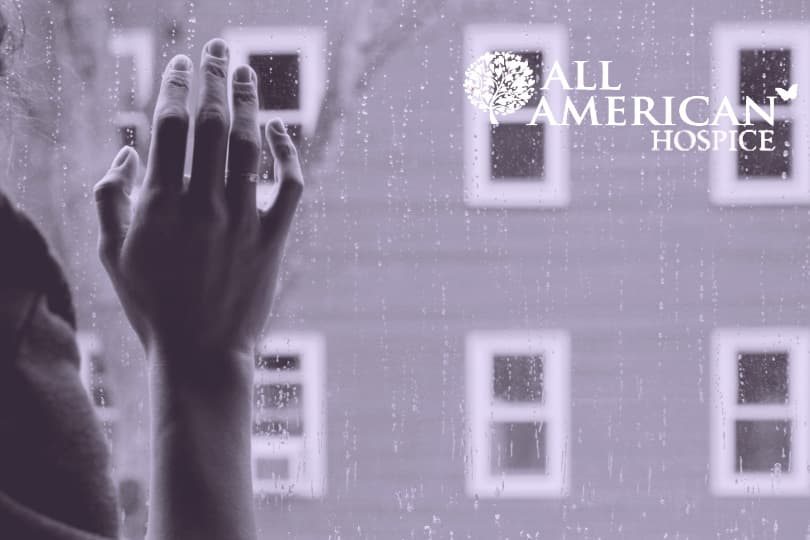Table of Contents

Types of Skin Cancer Treatments
Skin cancer is among the most common forms of cancer affecting humans across the globe. Given how prevalent it is, it is always a good idea to know more about it and, by extension, how to treat skin cancer. There are a lot of options to choose from, and in this article, we will look into the various skin cancer treatment options out there and help you realize which one is for you – in the off chance that you do end up developing it.
Treatment for Skin Cancer Options
Carcinoma treatment comes in various forms. It is your duty to stay updated about the various things that can happen when the skin doctor is called and how best to choose which skin cancer therapies are right for you.
Surgery
It should not be surprising that surgery is the top option for treating skin cancer. It is still the most efficient way of dealing with tumors – removing them completely. For skin cancers, though, surgery is also used for diagnosis. Usually, these surgeries, called excisions, leave a scar because it involves pulling the skin out and then stitching it back together.
For cancers that stay limited to the top layer of the skin, electrodesiccation is a very prominently used form of surgery. It involves pulling cancer out of the body with a long, thin instrument with a sharp, looped edge on one end called a curette. After the tumor has been pulled out, an electrode is used to destroy any remaining cancer cells.
Mohs micrographic surgery is a time-consuming surgery that is employed in an effort to save as much of the good skin as possible. It involves removing a layer of skin and checking it under a microscope for cancer cells. If cancer cells are seen, then another layer is removed. So on and so forth. This surgery happens when the tumor is focused around sensitive areas like the eyes and fingers.
Radiation Therapy
Radiation therapy happens by exposing tumors to high-powered beams or particles and killing the cancer cells directly without making any incisions. It is mostly employed when either the tumor is too large to be removed with surgery or the patient is not strong enough to undergo surgery. It can also be used to stop the growth of skin cancers and slow down the symptoms of such growth.
Receiving radiation therapy is a lot like getting an X-ray done, except the beams are aimed more specifically at the tumor. It is limited to the skin so as to stop the emergence of side effects in other parts of the body.
Yes, radiation therapy can have side effects, and some of the more commonly sighted ones are listed below:
- Your skin might get and stay irritated, resulting in blisters and peeling.
- Your skin might change color at the site of the tumor and surrounding areas where the beam was focused.
- You might experience hair loss in the area under treatment.
- If the tumor being treated is near your teeth or the glands that produce saliva, these might be negatively affected.
Systemic Chemotherapy
While it is rare for skin cancers to reach an advanced stage, it is always a possibility, especially if you have a rare kind of cancer like MCC. It is in these cases that systemic chemotherapy becomes a viable option.
Systemic chemotherapy involves the injection of anticancer drugs into the patient, either intravenously or orally, every few weeks or so. These drugs travel the length and breadth of the body through the bloodstream and either relieve symptoms or shrink the tumor enough so that they can be removed by surgery or treated with radiation therapy.
As we all know, chemo drugs cause side effects, though the manner and intensity of their manifestation depend very much on the kind of drug and dosage used. Some of the possible side effects are:
- Hair loss
- Nausea
- Severe vomiting
- Loss of appetite
- Diarrhea or constipation
- A constant sense of fatigue
- Vulnerability to infections and disease
- Easily bleeding and bruising
Don’t Face It Alone
Skin cancer can be scary and stressful, but it can be beaten back. The treatments listed here are only a small portion of the kinds of things available for you to take advantage of to treat either yourself or your loved ones, and they are not the only ones out there. You can and should look into alternative treatments as well, including natural cures for skin cancer.
However, whatever you do, please consult a dermatology skin cancer specialist in the field before making decisions. If you suspect anything, book an appointment with a doctor immediately. For more information on skin cancer, or if you or a loved one needs palliative care, reach out to All American Hospice.

 215-322-5256
215-322-5256
Comments are closed.